When looking at a truck, you'll often hear the terms quarter-ton, half-ton, light-duty, heavy-duty, and others to classify the truck's carrying capabilities. But what does it all really mean? How much weight can your truck safely carry? We've researched the weight capacity of these trucks to get the answer for you.
How much your truck can carry is called payload capacity, which is the difference between the Gross Vehicle Weight Rating (GVWR) or Gross Combined Weight Rating (GCWR) when pulling a trailer, and the curb rate. An accurate curb rate will give you an accurate payload capacity. Although modern trucks can now exceed these original weight limits, traditionally, truck payload capacities were classified within three groups as follows:
- Half-ton: 1,000-lbs max payload capacity
- Quater-ton: 1,500-lbs max payload capacity
- One-ton: 2,000-lbs max payload capacity
With the broad range of trucks available, it can be a little daunting to know just what you are dealing with for hauling capacity. We will help you answer your question on the load capabilities of your truck with this guide. Please keep reading because knowing your truck's payload capacity will help keep you safe on the road. If you can calculate just how much you can safely carry, you won't be in danger of overloading your truck. Overloading can damage your truck, yourself, and others, or even damage the load.
![Chevrolet Silverado 1500 display. Chevy offers the Silverado 1500 in WT, Custom, Custom Trail Boss, LT, RST, LT Trail Boss, LTZ, and High Country models. - How Much Weight Can A Truck Carry [By Truck Type]](https://vehq.com/wp-content/uploads/2020/11/Chevrolet-Silverado-1500-display.-Chevy-offers-the-Silverado-1500-in-WT-Custom-Custom-Trail-Boss-LT-RST-LT-Trail-Boss.png)
Weight Classifications

It used to be that the carrying capacity of a truck could be easily simplified with the terms half-ton, three-quarter-ton, and one-ton. As manufacturers became more competitive, these classifications became more of a guideline than the truck's actual capabilities.
Over time, payload capacity limits became titles to group trucks by their relative size instead of their capabilities. The modern truck can far exceed these original weight limits. Originally, a half-ton pickup could carry up to 1,000-lbs, while a three-quarter-ton pickup could carry up to 1,500-lbs, and the one-ton pickup could carry up to 2,000-lbs.
You can also classify trucks via light-duty, medium-duty and heavy-duty. These classifications can be broken down even further into the half-ton, etc. ranges. This can give you a general idea of how much you can carry, but it's only a guideline, not a hard and fast rule.
For more in-depth details on this, please refer to "What Does Payload Capacity Actually Mean In A Pickup Truck?"
What Is Considered A Light-duty Truck?
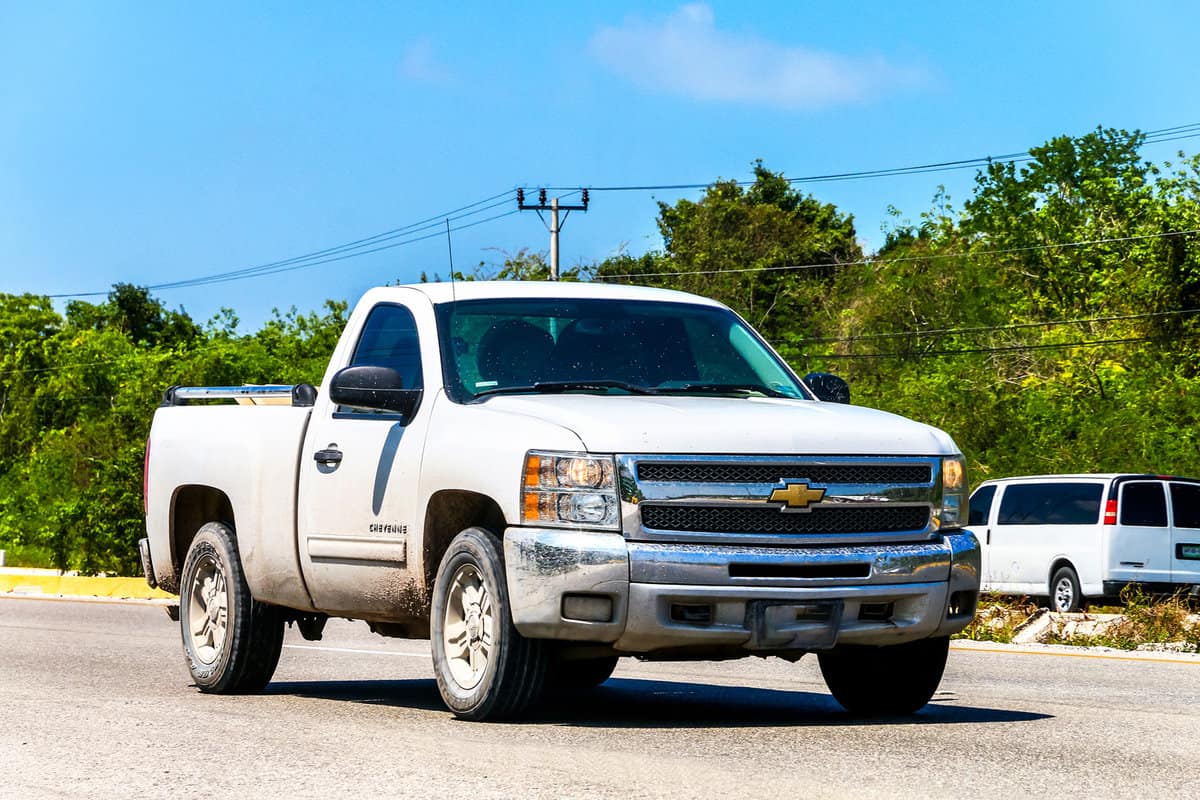
The Federal Highway Administration (FHWA) defines a light-duty truck as a vehicle weighing under 10,000-lbs. This definition excludes trucks with more than two axles or six or more tires.
MOVES (or Moter Vehicle Emission Simulator) classifies light-duty trucks by their federal emission control regulations. This classification specifies that vehicles with a GVWR up to 8,500-lbs, regardless of their FHWA rating, are light-duty. This is also reflected in the class ratings. Vehicle manufacturers will typically classify a light-duty truck as a half-ton truck, and this is the classification with which most people tend to be familiar.
Light-duty trucks fall into Class 1, which covers vehicles with a GVWR under 6,000-lbs, and Class 2, which are vehicles with a GVWR under 10,000-lbs.
Class 2 is further broken down into 2A, covering vehicles from 6,001-lbs to 8,500-lbs, and into 2B, which covers vehicles from 8,500-lbs to 10,000-lbs. Class 2A trucks are often referred to as light-duty trucks, while class 2B is often referred to as light, heavy-duty trucks.
As you can see in these examples, the trucks now exceed what they were originally classified as. A half-ton pickup can now carry over a ton, depending upon the truck. In comparison, a midsize pickup truck can easily manage a half-ton and some up to three-quarters of a ton.
Class 1 - Midsize Pickups: Less Than 6,000-lbs GVWR
Your midsize truck will be on the low-end of the light-duty trucks, and while it may not pack as much power as a full-size truck, in general, they are more than adequate for most jobs you need to get done. However, Class 1 trucks are a versatile vehicle for when you want to haul or enjoy a passenger vehicle around town.
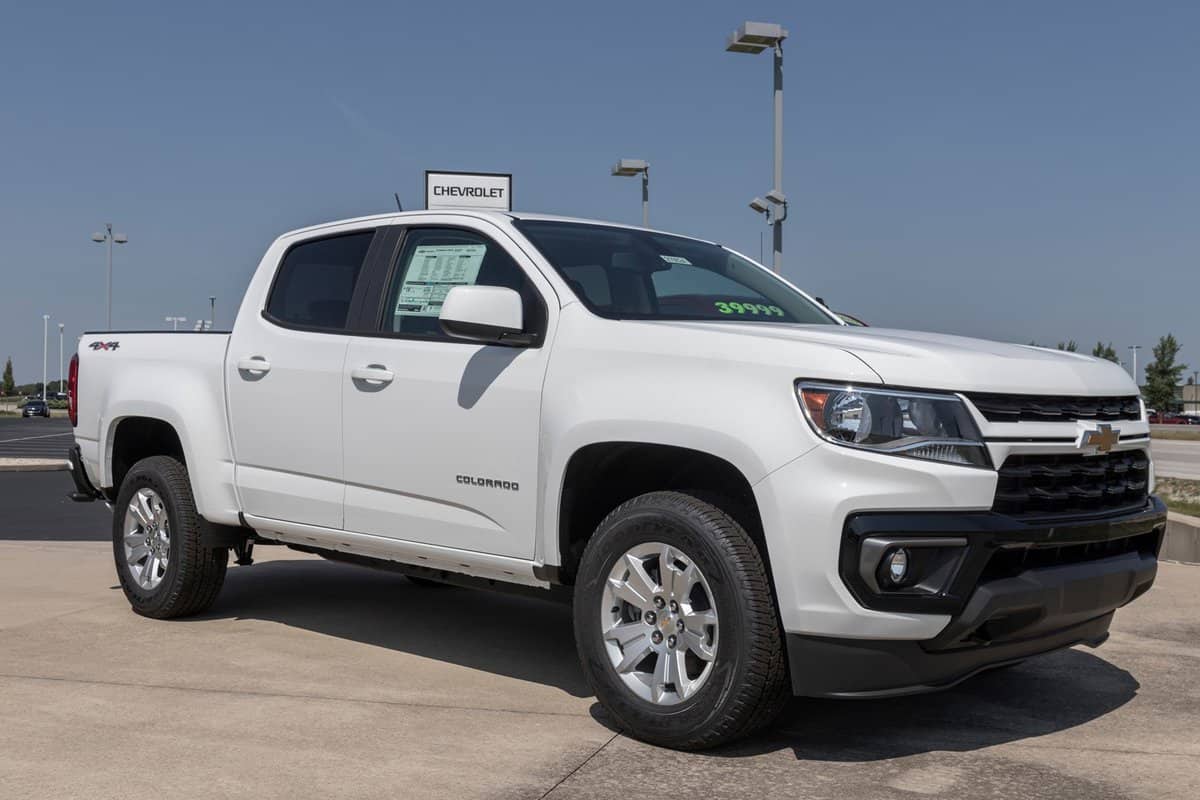
- Chevy Colorado - The 2020 Chevy Colorado LT 3.6L 4WD, with an extended cab and a 6'2" box, has a payload capacity of 1,530-lbs
- Toyota Tacoma - The 2021 SR model has a payload capacity of 1,155-lbs
- Ford Bronco - The 2021 Ford Bronco has a payload capacity of 1,170-lbs. to 1,370-lbs
Class 2A - Half-Ton Pickups: 6,001-lbs to 8500 lbs GVWR
Class 2A trucks tend to be the most popular on the market, including America's favorite pickup truck, Ford's F-150. For those who want more leeway in how much they can haul, there are many half-ton truck options from which to choose.
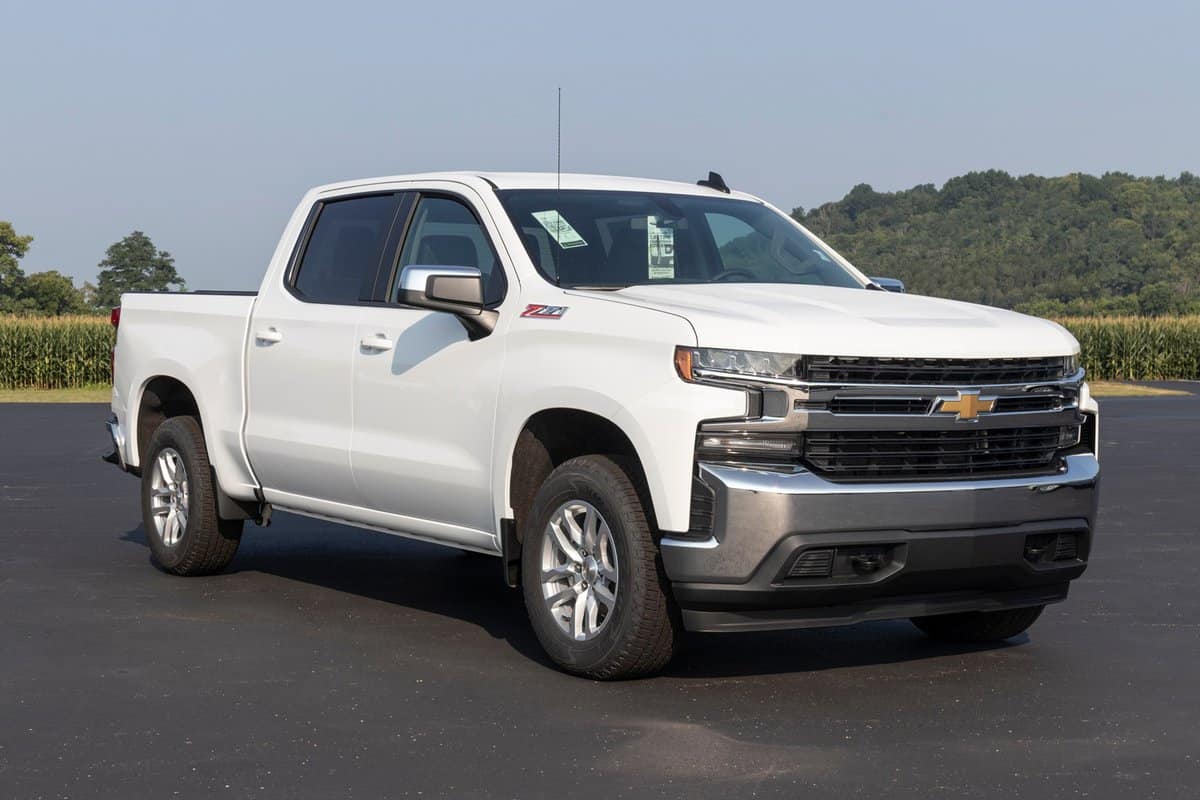
- Chevy Silverado 1500 - The 2020 Chevy Silverado 1500 with a regular cab has a payload capacity of 2,250-lbs
- Dodge Ram 1500 - The 2020 Dodge Ram 1500 has a payload capacity of 2,300-lbs
- Ford F-150 - The 2020 F-150 3.5L EcoBoost V6 regular cab, 4x2 has a payload capacity of 2,610-lbs
Class 2B - Three-Quarter-Ton Pickups: 8,500-lbs to 10,000-lbs GVWR
These are going to be your light yet heavy-duty trucks. You'll maintain drivability while being able to expand on the truck's capabilities.
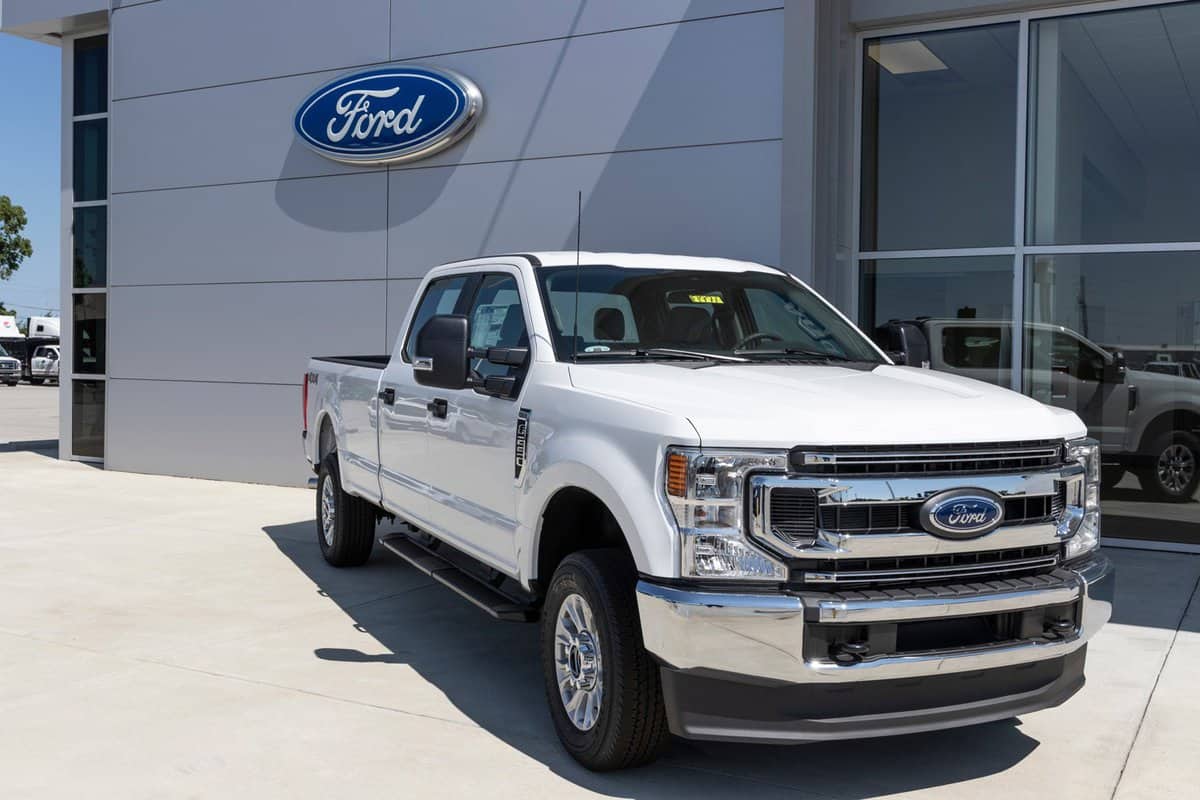
- Ford F-250 - The F-250 SRW, 4x4 regular cab, has a payload capacity of 3,720-lbs
- Chevy Silverado 2500 - The 2500HD – 2WD, regular cab with a gas engine, has a payload capacity of 3,979-lbs
- Dodge Ram 2500 - The 2020 Dodge Ram 2500 Tradesman has a payload capacity of 4,010-lbs
What Is Considered A Medium-duty Truck?
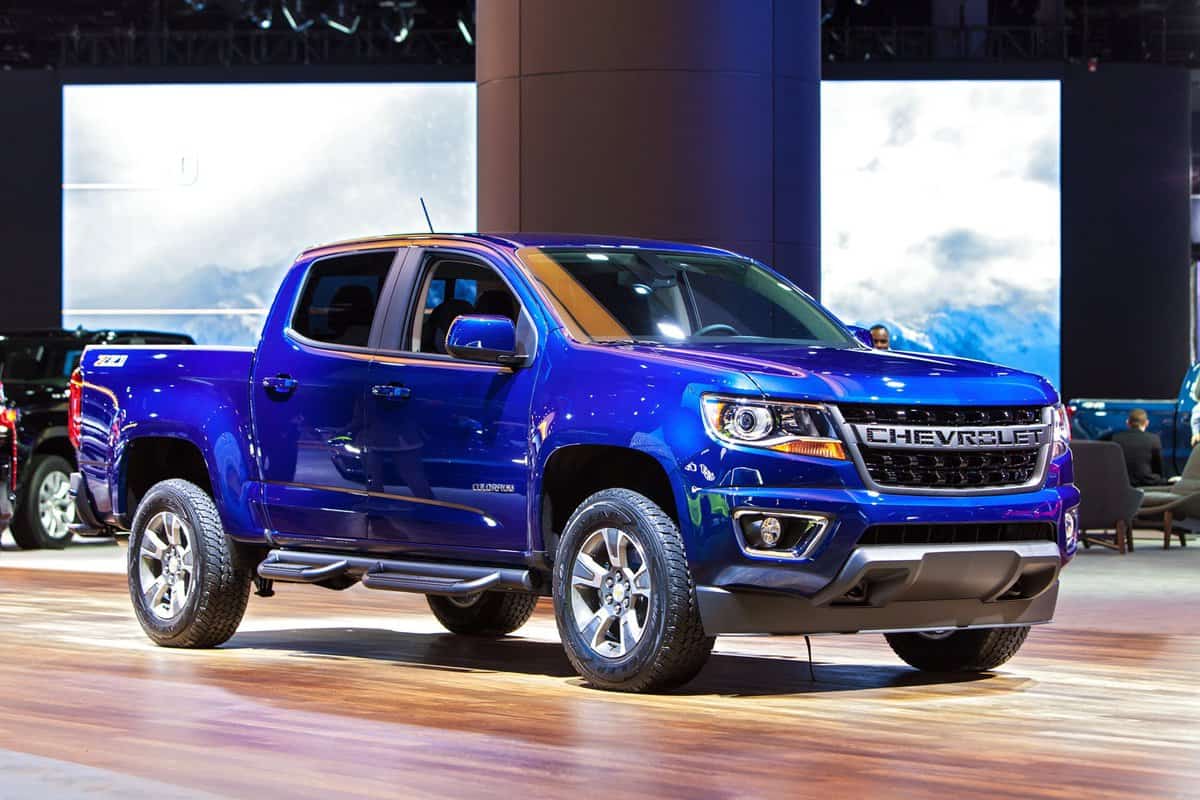
Medium-duty trucks fall into a broad range of classes. These are your typical vocational or work trucks. They are the ones designed for hauling heavier loads. You'll find this classification used widely in the trucking industry. While many medium-duty trucks are for commercial use, you will still see some that are non-commercial.
The GVWR ranges from 10,001-lbs. to 26,000-lbs. Here are some examples covering the broad range of medium-duty trucks.
Class 3 - One-Ton Pickups: 10,001-lbs to 14,000-lbs GVWR
For many people, this will be the largest size pickup that they'll need. Able to handle a couple of tons of cargo, you'll be able to haul quite a bit. The one-ton pickup can handle loads up to a couple of tons, and some models haul can even more.
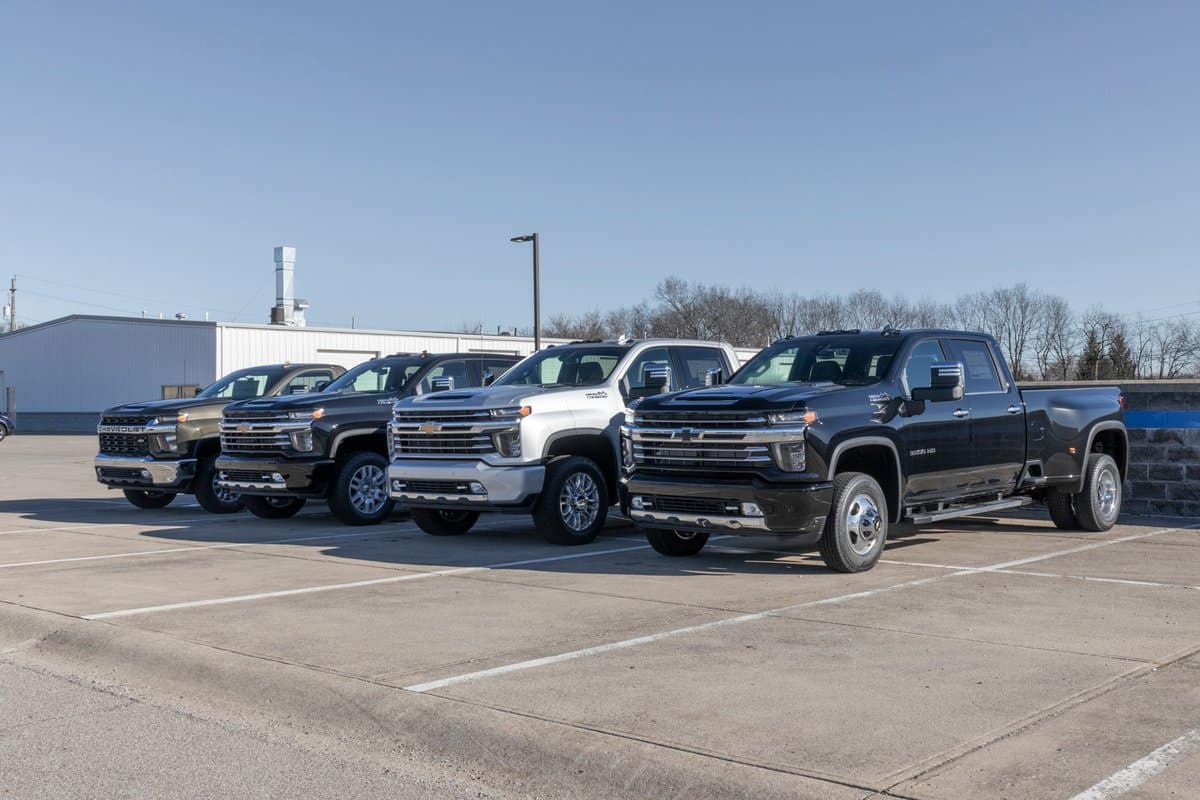
- Chevy Silverado 3500 - The 3500HD – 2WD SRW, regular cap with a gas engine, has a payload capacity of 4,481-lbs
- Ford F-350 - The F-350 DRW 4x2 regular cab has a payload capacity of 6,660-lbs to 7,850-lbs
- Dodge Ram 3500 - The 2020 Dodge 3500 Tradesman has a payload capacity of 4,640-lbs
Class 4 - Pickups & Delivery Vans: 14,001-lbs to 16,000-lbs GVWR
Here you'll find your heavier pickup trucks as well as begin to see regular commercial trucks. These pickups are typically geared for those needing to haul heavier equipment or tow heavy loads.
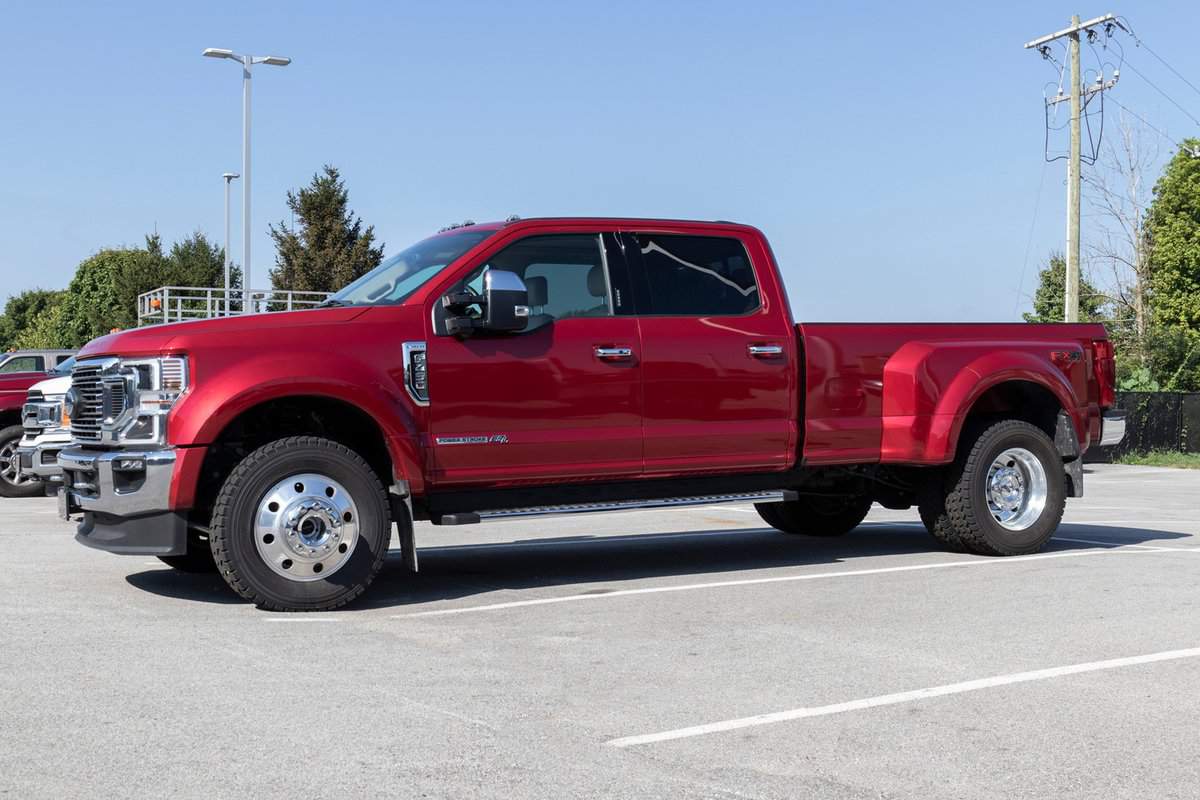
- Ford F-450 - The F-450 DRW, 4x2 regular cab, has a payload capacity of 6,210-lbs
- Delivery Vans
Class 5 - Pickups, Bucket Trucks & Cherry Pickers: 16,001-lbs to 19,500-lbs GVWR
This is going to be the last class that you'll find pickup trucks in as you begin to straddle the line from non-commercial into commercial trucks. If you tend to need to haul seriously heavy loads like stone or other types of masonry, this may be the category for you.
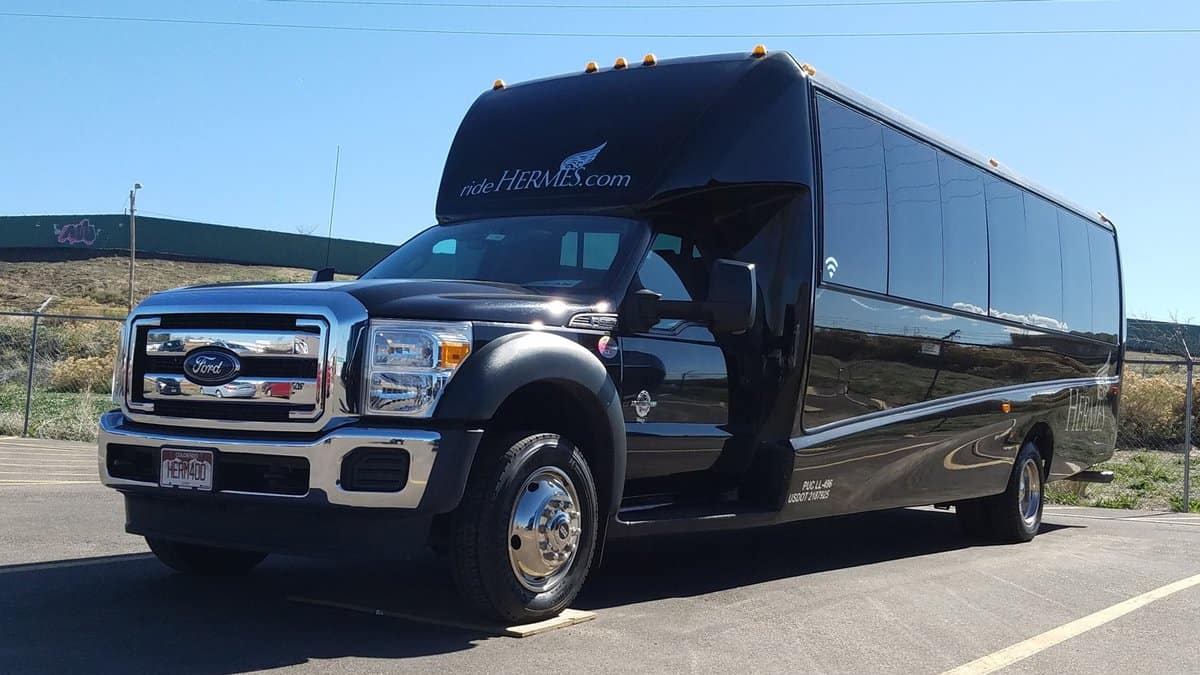
- Ford F-550 - The DRW F-550, 4x2 can have a payload capacity from 10,230-lbs to 12,750-lbs
- Bucket Trucks
- Cherry Pickers
Class 6 - Commercial, Single Axle Trucks & Vans: 19,501-lbs to 26,000-lbs GVWR
These are going to be your single axle commercial trucks. This is also the class where you typically may start needing a CDL.

- Box Vans
- Beverage Trucks
- School Buses
What Is Considered A Heavy-duty Truck?
A heavy-duty truck is a vehicle that has a GVWR of over 26,001-lbs. These are going to be your commercial vehicles. Examples include dump trucks, cement mixers, utility trucks, and tractor trucks for pulling dry vans or refrigerated trailers. In general, these are the vehicles you are going to need a CDL to drive.

Class 7: 26,001-lbs to 33,000-lbs
- Street Sweepers
- Tow truck
- Garbage Trucks
Class 8: Greater Than 33,001-lbs
- Firetruck
- Dump Trucks
- Semi-Trucks
Do I Need A Commercial License To Drive A Semi-Truck?

When assessing CDL requirements, you will need to factor in the truck's GVWR, the trailer's GVWR, and the truck-trailer combined GVWR. If the trailer has a GVWR of 10,001-lbs or more and the combined GVWR of truck and trailer is 26,001-lbs or more, you will need a CDL. This includes regular pickup trucks hauling trailers as well.
You can also check out "Towing Capacity And Trailer Weight – What RV Owners Need To Know" to read more about towing capacity.
However, there are exemptions to the DOT requirements. These can include but are not limited to farmers, some military drivers, and off-road motorized construction equipment drivers who meet certain requirements.
For instance, if the vehicle is registered as a farm vehicle, you, your family, and your farm employees may operate that vehicle within the farm's state or 150-miles within the farm out of state. However, if the semi-truck is for hire or driven outside of the 150-mile range, then you would need a CDL. For more detailed information on applicability, please visit FMCSA.
What Is The Weight Limit Of A Semi-Truck?
Federal limits set the GCWR (Gross Combined Weight Rating) of a semi-truck and trailer to no more than 80,000-lbs with no more than 20,000-lbs on single axles and no more than 34,000-lbs on a tandem axle group. The trailer can weigh no more than 43,000-lbs. How much weight you will be able to load into your trailer will depend greatly on how much your truck and trailer weighs. Sometimes being full up on fuel is enough to put you over the federal weight limits.
A dry trailer can average in weight anywhere from 14,000-lbs to 16,000-lbs, with some being as light as just under 12,000-lbs. So if you have a heavier truck, your freight weight limit may be lower than the max weight of 43,000-lbs.
Some states allow a greater load limit than 80,000-lbs on roads they maintain themselves, including federal highways. Not to mention that there are also states that allow a greater weight on the axles provided the truck meets the requirements or has the required permits. It is up to the truck driver to be familiar with the load regulations for the states they are driving in.
In addition to these exceptions, there are also bridge laws restricting the weight-to-length ratio of a truck to help protect bridges and roads from wear and tear. In short, a vehicle that is longer and has more axles can carry more weight since the weight is distributed over a greater area, thereby reducing the amount of weight on any one set of axles.
For more information, please refer to FWHA State Truck Size and Weight Laws and Bridge Formula Weights.
In Conclusion
As you can see, some math goes into what you can carry. If you pay attention to your weights, you'll be able to determine how much your truck can carry safely. You'll also know if you'll need a CDL as well if you're planning on taking a trailer.
There are several variables to consider, and it is important to know that manufacturer listed payloads are just estimates. The actual capacity will vary from truck to truck. Make use of the truck scales and know how much your truck weighs with a full fuel tank and passengers. This will help save you from accidents as well as tickets further on down the road.
![Cargo bed in Ford Ranger pick-up, How Much Weight Can A Truck Carry [By Truck Type]](https://vehq.com/wp-content/uploads/2020/11/Cargo-bed-in-Ford-Ranger-pick-up-How-Much-Weight-Can-A-Truck-Carry-By-Truck-Type.jpg)
